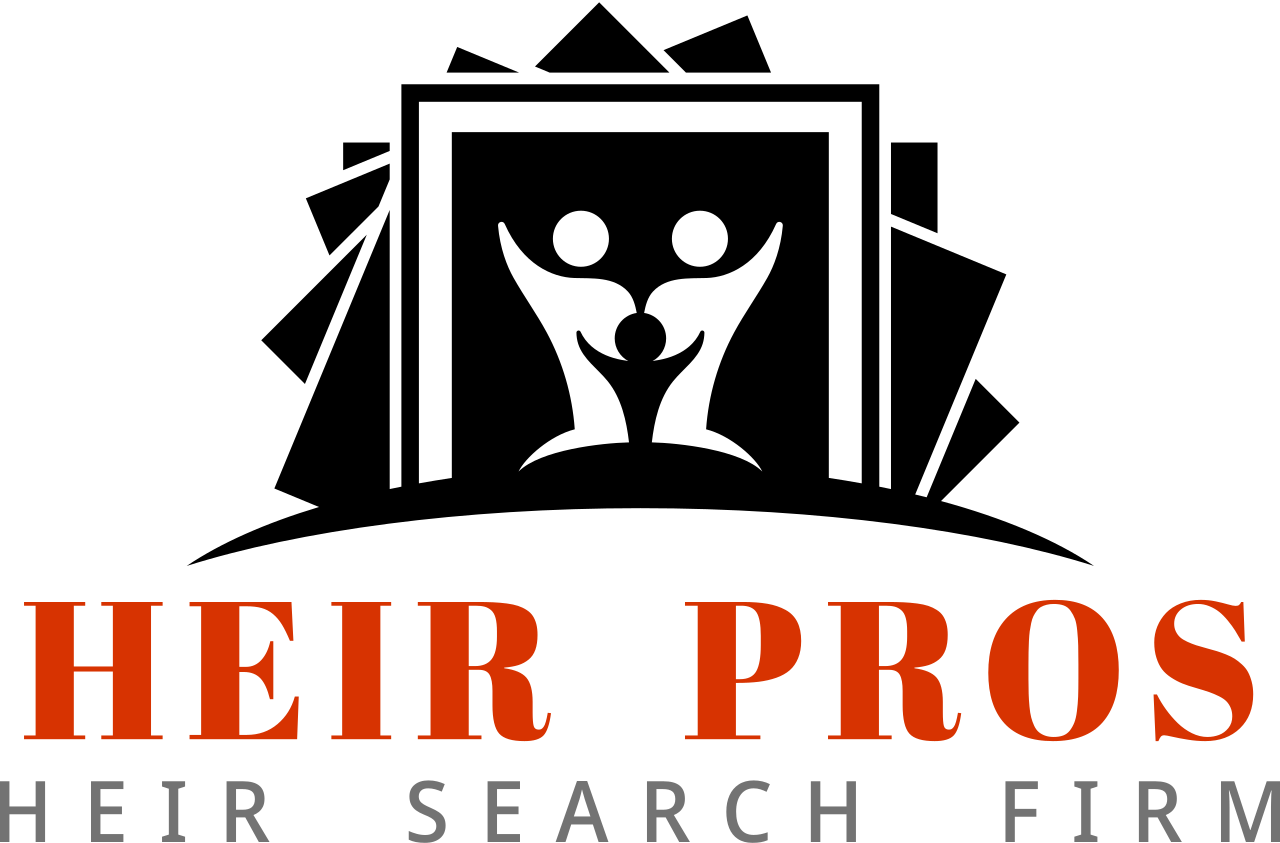Summary
Understanding the distinction between beneficiaries and heirs is crucial in the probate process. While both terms relate to individuals who may inherit assets from a deceased person, they signify different roles and legal rights. Beneficiaries are specifically designated in a will or trust, whereas heirs are determined by state law, particularly when no will exists. This article breaks down the key differences, common challenges faced during probate, and provides practical steps to navigate this complex landscape effectively.
Overview
When dealing with the probate process, it’s essential to understand the legal terminology surrounding inheritance. Two terms frequently encountered are “beneficiary” and “heir,” which can sometimes lead to confusion. Here’s a quick breakdown:
- Beneficiaries: Specific individuals or entities named in a will or trust who are entitled to receive particular assets.
- Heirs: Individuals who inherit assets under state law, typically when there is no valid will.
Grasping the difference is not just academic; it has practical implications for how estates are administered and what rights individuals have to inheritance. Let’s explore this further.
Common Challenges
Understanding the difference between beneficiaries and heirs is fundamental, but several challenges can arise during the probate process:
- Disputes: Conflicts may arise between heirs and beneficiaries, particularly if family dynamics are complicated.
- Complex Wills: Wills that use ambiguous language can lead to misunderstandings about who is an heir versus a beneficiary.
- State Laws: Varying state laws regarding heirs can complicate matters, especially when the deceased held property in different states.
- Unknown Heirs: Sometimes, unknown heirs emerge, complicating the distribution of assets.
Navigating these challenges is crucial for attorneys and their clients. Being proactive can help prevent disputes and ensure a smoother probate process.
Step-by-Step Process
Understanding the roles of beneficiaries and heirs is just the beginning. Here’s a step-by-step guide to navigate through the probate process effectively:
- Identify Assets: Determine what assets are part of the estate and identify potential beneficiaries or heirs.
- Review the Will: Check for an existing will or trust and identify who is named as beneficiaries.
- File for Probate: If there’s a will, file it with the probate court. If not, heirs need to establish their rights under state laws.
- Notify Heirs and Beneficiaries: Inform all parties of their rights and roles in the probate process.
- Resolve Debts and Taxes: Address any outstanding debts or estate taxes before distributing assets.
- Distribute Remaining Assets: Transfer assets as outlined in the will or according to state laws for heirs if no will exists.
The process may vary significantly by jurisdiction, so consulting with an estate attorney is often advisable.
FAQs
Here are some frequently asked questions regarding the difference between beneficiaries and heirs in probate:
- What happens if there is no will? If the deceased did not have a will, the estate will be distributed according to state intestacy laws, determining who the heirs are.
- Can an heir be a beneficiary? Yes, an heir can also be a beneficiary if named in the will or trust.
- How does a trust affect heirs and beneficiaries? Trusts can designate beneficiaries for specific assets, which may differ from the heirs identified under probate law.
- Do all states recognize the same rules for heirs? No, state laws can vary widely regarding intestacy and the rights of heirs, making local legal advice important.
Expert Tips
To ensure a successful probate process, consider these expert tips:
- Consult with an Estate Attorney: Engaging a knowledgeable attorney can clarify roles and rights early on.
- Keep Records: Maintain thorough documentation of all communications with heirs and beneficiaries, as this can help resolve disputes later.
- Educate your clients: Inform your clients about the differences between beneficiaries and heirs to minimize misunderstandings.
- Utilize Professional Services: Companies like HeirPros.com can assist in locating unknown heirs and ensuring proper estate distribution.
Related Resources
If you’re looking to dive deeper into the complexities of heirs and beneficiaries in probate, consider the following resources:
These resources can enhance your understanding of the probate landscape and help you better serve your clients.




